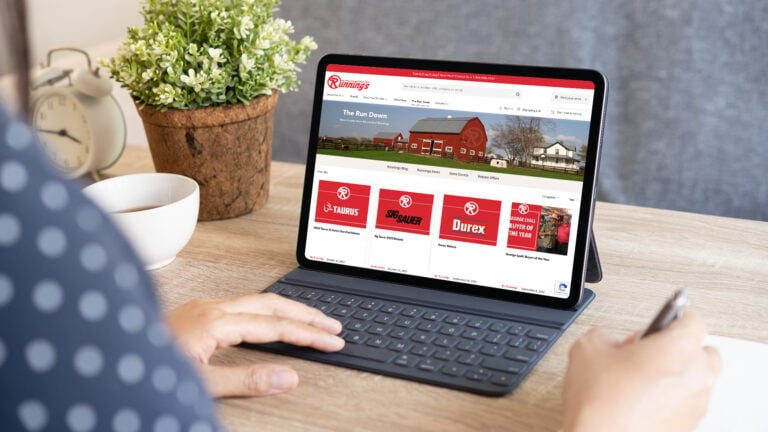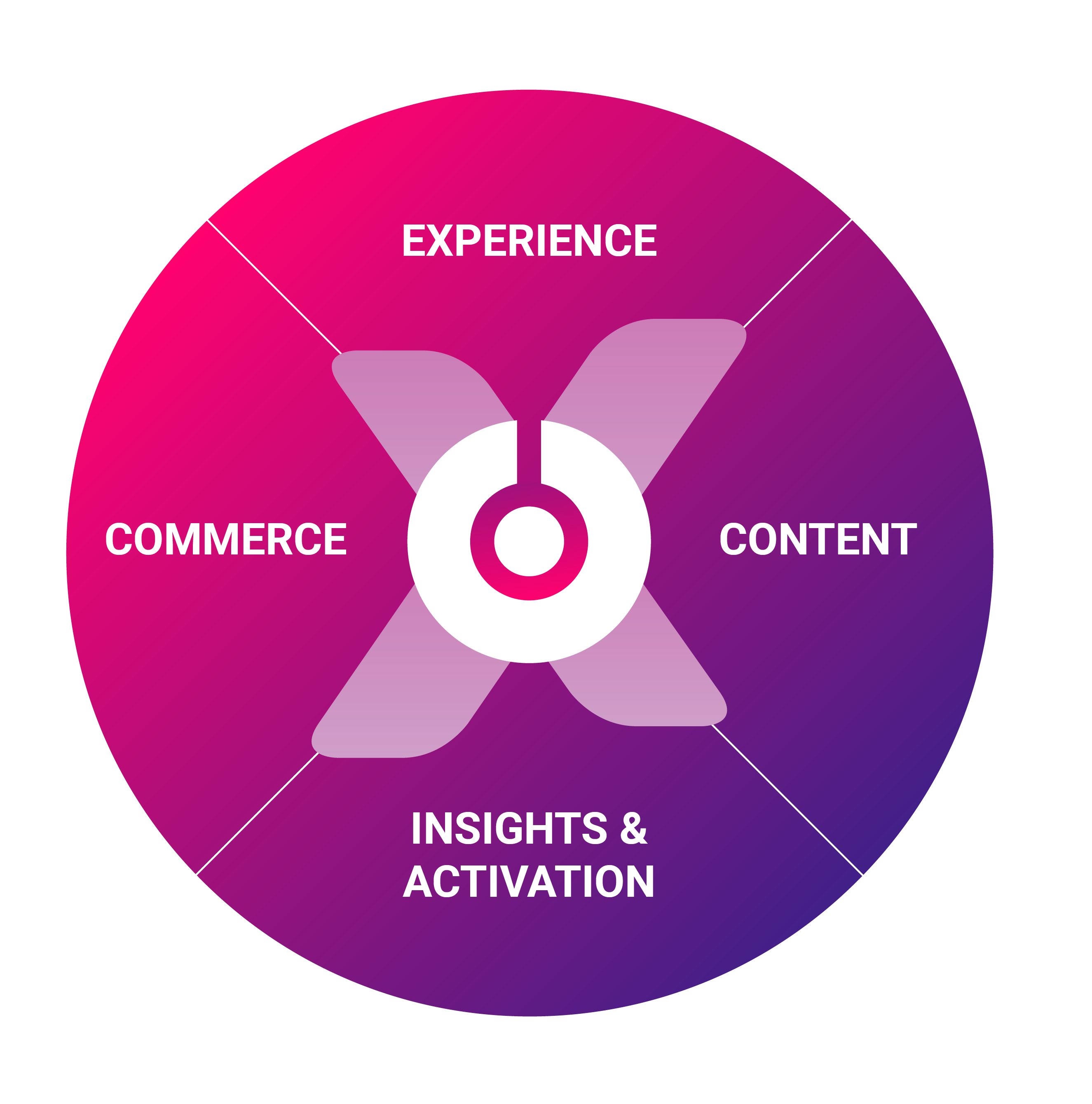Our work
-


Rapala’s headless commerce solution
Vaimo built a new headless solution for Rapala on the Adobe Commerce Cloud platform. The project included a total brand refresh and introduced new modern functionalities.
View project -


Ethias
Vaimo began supporting Ethias with their Adobe Analytics implementation in 2015 and has driven their growth and analytics development.
View project -


Runnings
Vaimo developed a powerful online store for Runnings, an American retailer of home, farm and outdoor products, which increased sales by 20%.
View project














